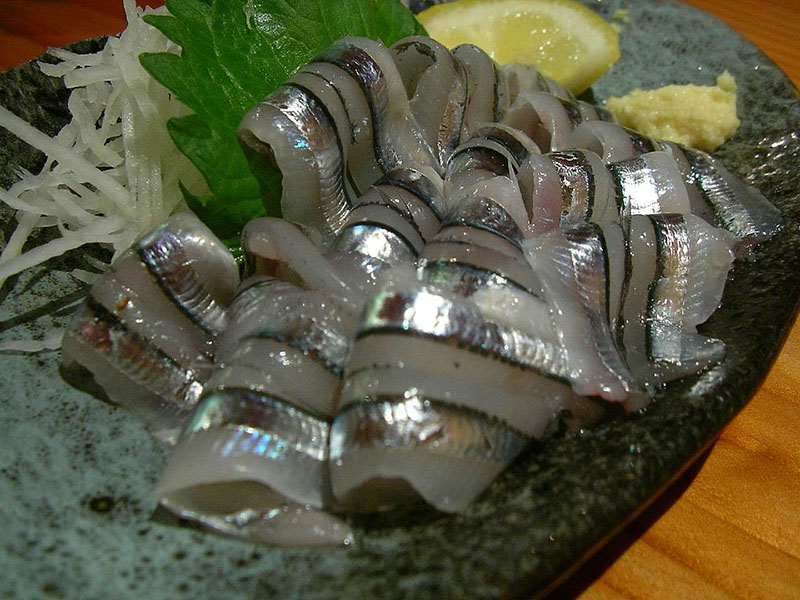America’s fascination with sushi hasn’t done much for the business of U.S. fishermen, but a movement is afoot in New England to change that.
The seafood served in most American sushi restaurants is typically imported from Japan rather than caught in U.S. waters. The handling techniques necessary to render seafood sashimi grade — suitable for raw consumption — are common practice for Japanese fishermen, but not widely known in the U.S.
Recognizing the declining catch limits for New England groundfishermen and a desire among sushi chefs to use more local seafood, The Gulf of Maine Research Institute hatched a plan to bring the groups together for mutual benefit.
The aim is to teach Gulf of Maine fishermen Japanese handling methods, thus allowing them to bring sashimi-grade seafood to market through a network of partner restaurants — and earn more for their catch.
“As a sushi chef in America, I find it difficult to source local fish that I can use for sushi and sashimi. Working in the Northeast I find it especially disappointing that I cannot use some of the best seafood in the world,” said Seizi Imura, chef and owner of Cafe Sushi in Cambridge, Mass.

Seafood quality handling expert and fish purveyor Mika Higurashi at a recent GMRI workshop. GMRI photo.
“I source herring and sardines from Japan because they are handled in a manner that can be used for sushi and sashimi, but I know that there is a bounty of these fish in our own New England waters. As most people consider these to be bait fish there seems to be less interest in handling these species more carefully simply because they don’t feel that they are monetarily worth the effort. I would be willing to pay more if I were able to consistently receive sashimi-grade fish, especially if the ike jime technique was performed.”
Ike jime is a Japanese fish-killing method that many high-end sushi restaurants require. Enter Chris Bean, a UK fishermen who has built a business selling sashimi-grade, local seafood to top chefs in London. Bean will host quality handling training sessions in fishing ports around New England, educating fishermen about high-end fish capture, processing, and killing using the ike jime method.
“Catering to sashimi-grade markets has been the door key to open top-end markets throughout the catering trade,” Bean said. “By setting the bar high enough for our product to reach traditional sushi/sashimi outlets, we then found that numerous top-end restaurants were clamoring to buy our fish. In the case of Maine fishermen, they will gain credibility from the buying sector once they show they can produce sashimi-grade fish to a single reputable outlet. The buyers are very competitive when it come to top grade fish!”
GMRI hosted training workshops for fishermen in December 2016, and more workshops are planned in February and March including Feb. 28 in Gloucester, Mass., and March 2 in Portland, Maine.
To learn more about the program and participating restaurants, and see the full workshop schedule, visit the GMRI website.







